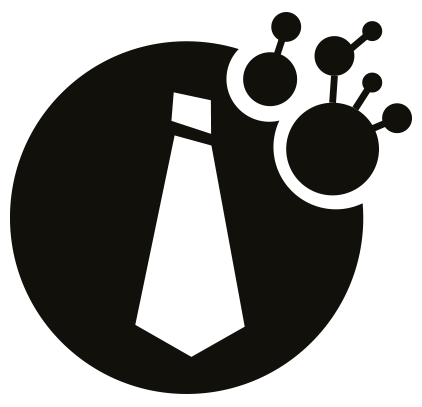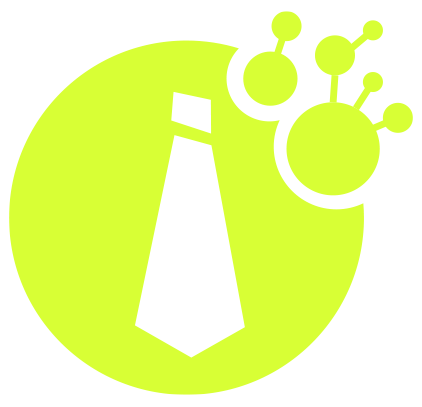Here’s a question for you. If you disappeared for six months – leaving everyone and everything behind – when you came back,would your company be in better or worse shape than when you left it? If it’s the latter, then it’s likely that you don’t have a growth plan – rather, you ARE the growth plan.
Many SMEs make the mistake of not thinking about systems; this often puts them in a catch-22 situation. They have no time to work on the business because they are too busy working in the business – and key personnel can’t get away from the business because they haven’t developed documented systems and processes. The only way out is to make time to create and document your business systems.
The issue is not that you play a part daily in building and maintaining the marketing and sales pipeline, but it is a problem if you currently have to, rather than choose to, do it. If you are indispensable, you are a bottleneck, and therefore growth will be proportional to how fast you can move.
As a business leader, you need to start looking at each of the functions that directly influence the marketing and sales pipeline. Once you’ve identified all of the different roles, you can start defining all of the tasks for each function; this is a way of getting all of the processes you know work for you documented and turned into standard operating procedures (SOPs).
So rather than developing a lead ecosystem process flow for each campaign, you’ll put in the work once to create your lead ecosystem SOP – your high-performing automated Sales Outreach lead ecosystem – and reuse it again and again. Take the time to design, set up and test your lead ecosystem correctly before standardising it.
Currently, all of these processes may be stored in your head and accessible only to you. Documenting these systems will be the only way to scale your marketing; this is critical for rapid and sustainable growth.
Importantly, this also ensures that your customers get a consistent experience. If, or rather when, staff join or leave, you want to ensure that customers still get the same, amazing experience. You can’t leave this to the discretion of the individual staff. It has to come from the business, and having documented systems is the best way that we know of doing this.


